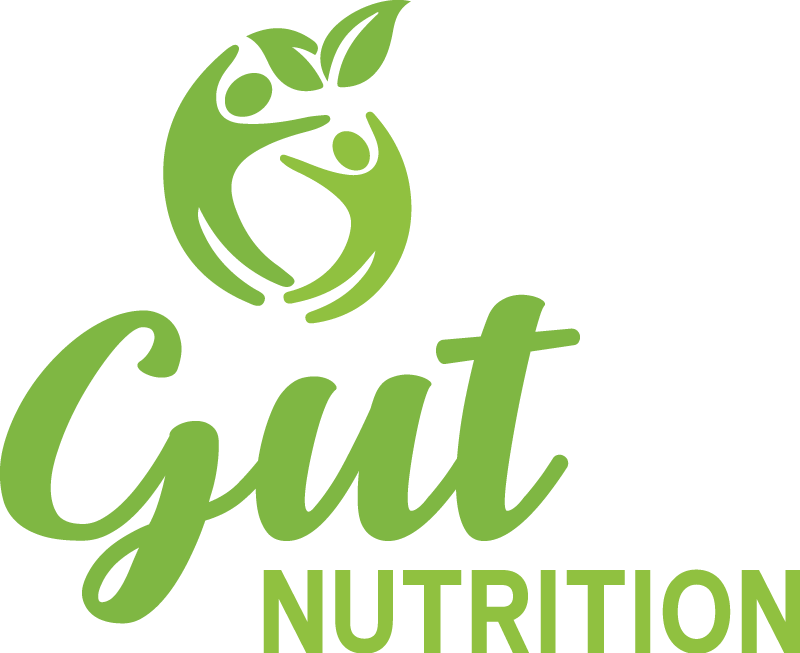What oil should I use?
What oil should I use?
I am often asked “What oil should I use"?” At the moment coconut oil is in vogue and before that butter had a renaissance after being popularised by celebrity cooking shows. All oils and fats contain a variety of fatty acids present in different quantities. Oils or fats are usually classified as either a saturated fat or a monounsaturated fat or a polyunsaturated fat based on the predominant type of fatty acids it contains. When is a fat an oil? A fat is solid at room temperature, for example beef fat or butter. If a fat or oil is solid at room temperature it means that it contains a higher amount of saturated fatty acids. Coconut oil is solid at room temperature in New Zealand because it contains more saturated fatty acids than olive oil, for example, but in it’s native tropical environment it is always more than 25 degrees C and therefore in the tropics it is liquid at “room” temperature.
fat and heart health
For many years we have been told that to reduce our risk of heart disease we should reduce our saturated fat (predominately found in animal products) intake and use oils higher in monounsaturated or polyunsaturated fat instead. The food industry marketed half of this message brilliantly and so began the reign of low fat foods which were often higher in sugar or refined carbohydrate to maintain their texture and flavour. The general public ended up consuming slightly less saturated fat but more sugar and refined carbohydrates than previously rather than replacing high saturated fat foods with oils or foods higher in monounsaturated or polyunsaturated fat. That’s heart health, what about gut health?
Fat and gut health
The type of fat you eat can affect your gut health too. Olive oil is 70% oleic acid, an omega-9 monounsaturated fatty acid, which has anti-inflammatory properties. There is some scientific evidence that diets high in saturated fat may be more pro-inflammatory than diets lower in saturated fat. A recent research study suggested that a saturated fatty acid found in butter and coconut oil may be associated with flares of ulcerative colitis. This finding needs to be confirmed in other studies but, in the meantime, I believe the take home message is: eat foods and fat/oils high in saturated fat occasionally and use oils higher in monounsaturated fat (olive oil, canola oil, rapeseed oil, rice bran oil) as your everyday oil of choice.
polyphenols
In addition to being a great source of monounsaturated fatty acids olive oil has additional health promoting properties. Have you heard of polyphenols? You will have heard that green tea, very dark chocolate and blueberries are all super healthy foods, well their high polyphenol content is part of the reason behind their super food status. Extra virgin olive oil contains at least 30 different polyphenols. Polyphenols in olive oil, and other plant foods including many fruit and vegetables, have antioxidant and anti-inflammatory roles in our body. Polyphenols from food have also been shown to positively affect the microbiota (in animal models at this stage). While researchers are still investigating exactly how the polyphenols in extra virgin olive oil 1. interact with inflammatory pathways that drive inflammation in IBD and 2. interact with the microorganisms that live in our gut, it appears as though there are few downsides to including the flavourful, and monounsaturated fat rich, olive oil in our diets. See below an example of how to replace commercial salad and vegetable dressings with a super fast, versatile and tasty olive oil based dressing.
Olive harvest
Did you know that Winter is when olives are harvested from the olive tree and then pressed to release their oil? Waipara, Canterbury is known for its fabulous wine but it also produces high quality olive oil. I went to visit local extra virgin olive oil producers Bruce and Jill Chapman at Terrace Edge to find out more.
The pictures below are from Terrace Edge olive grove and show the process of harvesting olives to press for oil. Once the oil varieties of olives are ripe they are usually harvested mechanically. A tractor vibrates the tree and literally shakes off the olives into a, in this case green, catcher. Once the catcher is full it deposits the olives into bins. Most of the leaves and sticks are removed by blowing them away. The bins of ripe olives, as shown below, are then taken to pressed. The olives are ripe when the flesh instead is pink most of the way to the stone. When we visited the pressing plant had just started up so we didn’t get to see any fresh oil flowing. But when the oil is fresh it is usually a bright green colour. Terrace Edge also grows table/eating olives such as the kalamata variety. These olives are much larger (see the last picture) and are picked by hand.
basic VINAIGRETTE
Vinaigrette is super fast to make, reasonably fail safe and can be easily modified to include a range of flavours. You will need either a small whisk or a small jar with screw top lid. Vinaigrette is best made immediately prior to using. To make enough for a medium size family salad combine:
2 Tbsp extra virgin olive oil
2 Tbsp vinegar - white wine vinegar, balsamic vinegar, apple cider vinegar, lemon/lime/orange/mandarin juice - whichever you prefer
pinch of salt
Whisk or shake vigorous until the oil and vinegar emulsify. Serve.
This is a simple salad of finely sliced raw yellow beetroot and radish with a basic vinaigrette. If you make such a dish ahead of time the raw vegetables with soften and take on more of the flavour of the vinaigrette. Adding an oil based dressing to coloured vegetables also improves your absorption of fat soluble vitamins such as vitamin A in orange and yellow vegetables. For more about vitamin A check out my orange autumn hues blog.









